The used car market increased by 6.5% to almost two million units sold in the first quarter of 2024, according to the Society of Motor Manufacturers and Traders (SMMT).
It was the fifth quarter of successive growth, as the second hand market hit a five-year high, reflecting recovering supply in the new car market, which, in turn, has improved used car availability and choice.
According to Close Brothers’ Forecourt Foresight research, which surveys more than 130 dealers, almost three-quarters (74%) of dealers use trade-ins as their primary source of stock. More than two-thirds (70%) use online auctions and three-in-five (60%) buy vehicles from private sellers. Added to those figures 44% of dealers get their stock via other dealerships, and a third (33%) turns to digital platforms such as Auto Trader and Motorway.
Only 21% uses in-person auctions, writes Alex Wright.
The bottom line is, however, that whichever channel they use, with more stock now flowing through the market, it’s critical that car dealers capitalise on the opportunity by finding the best vehicles possible.
Auction buying
Paul Hill, spokesman for the National Association of Motor Auctions (NAMA), says the most effective channel for stock sourcing is through auctions, both physical and online. Given that NAMA’s members handle more than one million vehicles annually, including cars and supercars, they are well placed to help in that regard, he claims.
“NAMA members are trusted sources that provide a high level of reliability and transparency, which is crucial for dealers,” says Hill. “In addition to traditional auctions, online auctions have become increasingly important.
“The digital transformation of the auction industry has made it possible to participate in auctions from virtually anywhere. These online platforms provide real-time data and analytics, helping dealers make decisions quickly.
“The ability to bid on vehicles remotely has streamlined the process, making it more efficient and cost-effective.”
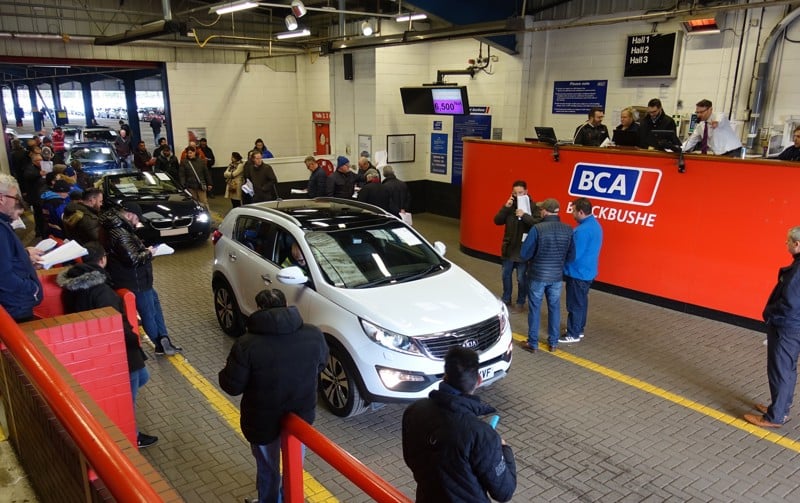 Hill says that the key benefits of auctions are the vast choice of vehicles they provide and the ability to make instant decisions, with a vehicle being sold every 45 seconds. That enables dealers to quickly fill inventory gaps, without having to wait, he adds.
Hill says that the key benefits of auctions are the vast choice of vehicles they provide and the ability to make instant decisions, with a vehicle being sold every 45 seconds. That enables dealers to quickly fill inventory gaps, without having to wait, he adds.
Another advantage, says Hill, is that the dealer pays the market price at the time of purchase because the prices aren’t fixed. That, he says, creates a dynamic and competitive environment.
“Vendors and buyers come together in a transparent environment, ensuring that market forces determine the price,” says Hill. “Auctions also offer a degree of protection and indemnity for vehicles through laws and permits, which is a significant advantage.”
The flipside of an auction’s competitive nature, however, Hill says, is that it can sometimes drive prices up, reducing the potential margin for resale. Therefore, he says buyers need to be prepared to compete for the best prices, which can be challenging when multiple bidders are interested in the same vehicle.
Neil Smith, founder of Motorvait, says that while the primary advantages of sourcing through auction are choice and volume, the fees are high, often exceeding the profit that can be made on the vehicle.
This feature first appeared in AM's Spotlight on Used Car Retailing report - read the whole report here.
He adds that it is also difficult to assess the vehicle’s condition, especially mechanically, when looking at an online catalogue. Some auctions also make it difficult to reject a vehicle, giving dealers only 48 hours from receipt to report back any mechanical issues, he says.
 “A good option is to seek out those smaller, more niche auctions that sit below the primary auction channels,” advises Smith (pictured).
“A good option is to seek out those smaller, more niche auctions that sit below the primary auction channels,” advises Smith (pictured).
“These more niche auctions still have a reasonable volume of stock across a number of weekly sales and, typically, the fees charged are noticeably lower than those of their larger competitors.”
Cliff Deller, managing director of Orchid Automotive, says that, for big volumes, the larger car supermarkets and marketplaces such as BCA, Aston Barclay and Mannheim are the best sources. They are particularly effective, he says, when, for example, a dealer wants to buy hundreds of vehicles.
Online marketplaces
The most effective channel, according to James Wilson, chief operations officer of Motorway, is online marketplaces. Motorway itself regularly lists up to 1,500 cars per day, seven days a week, giving dealers a large range of quality used car stock to bid on, he says.
“Everything is done online, from browsing and bidding for stock, to making fast and secure payments using Motorway Pay, offering dealers the easiest and most effective way to stock their forecourts,” says Wilson.
 Wilson (pictured) adds that buying stock at physical auctions takes up a significant amount of time out of the office, travelling to the site and inspecting and bidding on cars. And even then, you aren’t guaranteed to get the stock you need, he says.
Wilson (pictured) adds that buying stock at physical auctions takes up a significant amount of time out of the office, travelling to the site and inspecting and bidding on cars. And even then, you aren’t guaranteed to get the stock you need, he says.
“Buying privately-owned stock through an online marketplace like Motorway allows dealers to get exactly what they need for their forecourt,” says Wilson. “With thousands of cars listed every week, dealers are spoiled for choice with unique stock across all makes, models, ages and prices. Dealers also typically make more margin through online auctions, buying from private sellers, as opposed to traditional auctions.
“Occasionally, private sellers may have undisclosed damage, but we’re constantly evolving our platform to solve these instances. For example, we have AI Image Assist, which uses AI (artificial intelligence) to check photos submitted by private sellers to ensure they are of high quality and this year we launched Motorway Collect, an app used by drivers to ensure there is a consistently high quality appraisal at collection.”
Direct from consumer
Rather than auctions, Smith says that buying direct from consumers is a more attractive route for retailers. The upsides are that there are no fees involved and dealers have the chance to properly assess the vehicle before agreeing a final price.
“This ensures they are far more in control of their initial margin and, without associated fees, they have more margin to play with from the outset,” says Smith. “They are also in control of what they pay for that vehicle and, if operating a retail back pricing strategy, they know what the purchase price limit is based on what they can realise from a retail perspective. So, unlike other channels, they don’t run the risk of being bid up.”
The main disadvantage, says Smith, is the logistics costs when having to pick up remotely assessed vehicles. However, they are typically less than the auction fees.
It also requires the buying team to know exactly what they are doing when pricing a vehicle based on a customer’s assessment and to carry out all the necessary due diligence before agreeing a figure.
This feature was first published in AM's Spotlight on Used Car Retailing report - read the full report here
“By due diligence, I mean checking the vehicle ownership, Cap HPI register for stolen vehicles, vehicles with outstanding personal finance that may not be declared, cloned vehicles, ID and address checks, and agree to only pick up from the registered address,” says Smith.
“The cost of marketing and resourcing the car buying operation also needs to be factored into the equation when making a decision as to the sourcing channels you will use.”
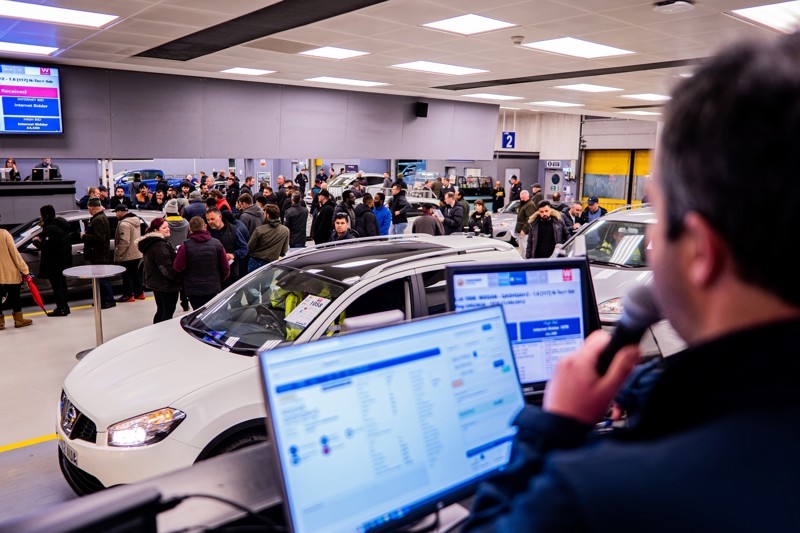 Hill says that buying directly from consumers comes with significant risks attached. Unlike auctions, where there’s a degree of legal protection and transparency, he says that buying from consumers can be riskier.
Hill says that buying directly from consumers comes with significant risks attached. Unlike auctions, where there’s a degree of legal protection and transparency, he says that buying from consumers can be riskier.
“There is a greater likelihood of encountering title issues or even cloned vehicles,” says Hill. “The process also tends to be more time-consuming. Each transaction involves negotiating the sale, which can be a lengthy process.
“We recommend that if you are not purchasing from auction houses, it is safer to buy from reputable car dealers. Car dealers often provide warranties, have conducted thorough inspections and ensure that the title is clear, offering more security and peace of mind for the buyer.”
Deller says that part exchange is the most profitable channel of vehicle sourcing. But he added that the problem is retailers tend to undervalue their own product.
“The value of part exchange is that is you have serviced the vehicle, know its pedigree and history, have done a proper appraisal and test driven it, and done any work that you need to do on it, you can turn it more easily and make a good margin on it,” says Deller. “The problem is that all too often dealers undervalue it, so end up losing out on the margin that can be made.”
Quality of stock
Hill says that there has been a noticeable improvement in the quality of used car stock available over the past 18 months. He adds that the new car supply has significantly improved, thus increasing the availability of younger, lower-mileage used vehicles by about 20%.
“This improvement means dealers are now dealing with better quality stock, which reduces the need for extensive preparation and allows more resources to be spent on reconditioning where necessary,” says Hill. “This not only makes the process more efficient, but also helps in maintaining a higher standard of inventory, ultimately benefitting both dealers and consumers.”
Deller says that while there is a greater choice of used cars available now, many of them are in poor condition, making the competition for quality vehicles more intense. Dealers will only buy the lesser ones if they are cheap, he says.
“The market for cars in good condition with a full history and an Auto Trader rating has only intensified,” says Deller. “It’s the less good ones people don’t want that tend to get ignored and left behind.”
While Smith says he hasn’t seen any evidence that the quality of used car stock have improved in recent years, preparation costs have typically increased 25% over the past three years due to higher labour rates and parts prices. Therefore, he says that it is vital to work out the amount of cosmetic preparation required, as well as whether the vehicle needs a service or MOT, and then factor that into the purchase price.
Dealers also need to include an average mechanical rectification sum and their required first published margin, and to establish the current market value based on the exact make, model, derivative, age and mileage, says Smith. Only then will they know what they are prepared to pay.
Rising vehicle age
Wilson says the average age of used cars is also increasing as owners are holding onto them longer and putting more miles on the clock. The result, he says, is more preparation work for retailers.
Rupert Pontin (pictured), head of the UK at AutoGrab, says: “Wherever you choose to look, every potential vehicle source in the sector will still have the full spectrum of both delightful and dreadful cars on offer. It is only by taking advantage of every piece of information available, that wholesale buyers can be sure that the golden egg they spot is everything it’s cracked up to be.
 “Consideration needs to be given to a multitude of vehicle pitfalls such as outstanding recalls, previous use as a taxi, purchase via a salvage sale or hidden details in their history that can only be revealed using a thorough provenance check.
“Consideration needs to be given to a multitude of vehicle pitfalls such as outstanding recalls, previous use as a taxi, purchase via a salvage sale or hidden details in their history that can only be revealed using a thorough provenance check.
"All these can turn that golden egg into a rotten tomato and some will inevitably lead to additional preparation time, increased stocking costs and lower margins.
“Similarly, advertising history can be a valuable indicator of a problem car. If a vehicle has been made available for retail or trade sale multiple times from different sources in the past 12 months, then it is an indication that it is difficult to sell – and can be a sign that something isn’t quite right.”

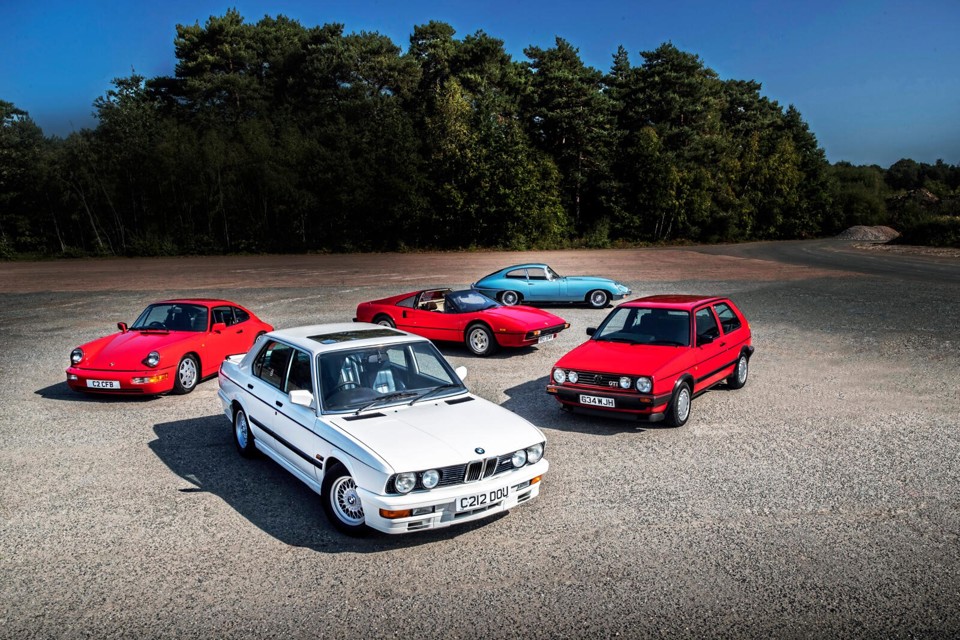




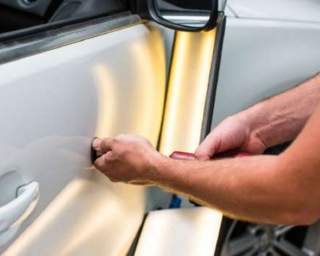
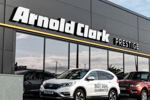











Login to comment
Comments
No comments have been made yet.